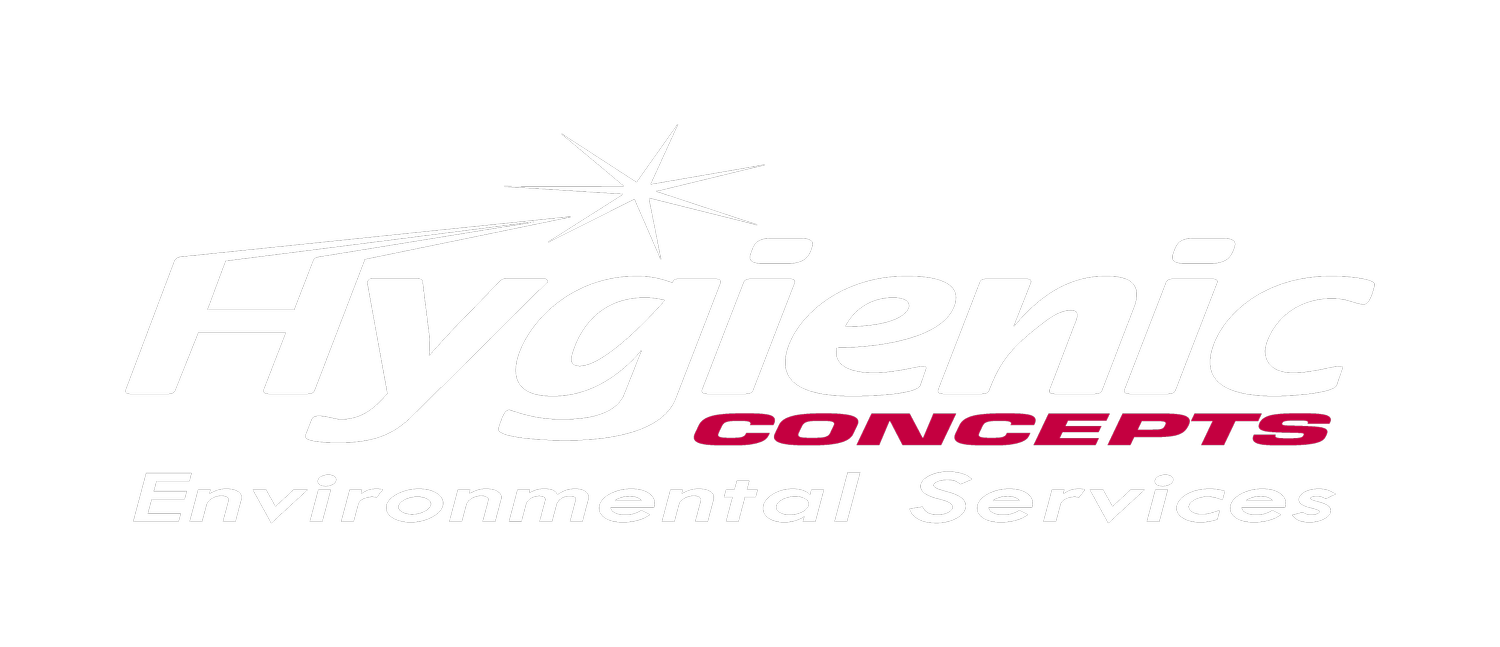Understanding Sharps and Clinical Waste: Safe Disposal and Management
In healthcare settings, proper disposal of sharps and clinical waste is crucial for ensuring the safety of both healthcare workers and the general public. The mishandling of such waste can lead to serious health risks, including the spread of infections and injuries from contaminated objects. This blog explores what sharps and clinical waste are, why safe disposal is essential, and how proper waste management can help create safer healthcare environments.
What Are Sharps?
Sharps refer to any medical objects that can puncture or cut the skin. They are commonly used in healthcare settings, and include:
Needles
Syringes
Scalpel blades
Lancets
Razors
Broken glassware
These items pose a significant risk, especially when contaminated with blood or other bodily fluids. If disposed of improperly, sharps can cause injuries that expose individuals to infectious diseases like hepatitis B, hepatitis C, and HIV.
What Is Clinical Waste?
Clinical waste is a broader category that includes any waste produced from healthcare activities that could be hazardous to health. Clinical waste includes:
Contaminated dressings and bandages
Infectious materials
Blood-soaked materials
Used gloves and masks
Expired medications
Clinical waste is often classified as hazardous and non-hazardous. Hazardous waste contains substances that are infectious, toxic, or radioactive, while non-hazardous waste can be disposed of using standard waste disposal methods. However, all clinical waste requires careful handling to prevent contamination and infection.
Why Is Safe Disposal Important?
The improper disposal of sharps and clinical waste can have serious consequences, both for public health and the environment. Some of the key reasons why safe disposal is essential include:
Preventing Injuries and Infections
Healthcare workers and waste disposal personnel are at the highest risk of injury from improperly discarded sharps. If someone gets pricked by a used needle, they are exposed to bloodborne pathogens, which can lead to potentially life-threatening infections.Environmental Protection
Clinical waste can contain harmful chemicals, pharmaceuticals, and biological materials that can contaminate soil and water sources if not disposed of correctly. Safe disposal methods help prevent environmental pollution and protect ecosystems.Regulatory Compliance
Many countries have strict regulations governing the disposal of medical waste. Failure to comply with these regulations can result in legal consequences, fines, and damage to the healthcare provider's reputation.Maintaining Public Health
In communities where clinical waste is not properly managed, there is an increased risk of disease outbreaks. For example, discarded syringes in public places can be picked up by children, leading to potential exposure to infectious diseases.
Best Practices for Disposal of Sharps and Clinical Waste
To minimise the risks associated with sharps and clinical waste, it is essential to follow best practices for disposal:
Use Designated Containers
Sharps should always be disposed of in puncture-resistant containers that are specifically designed for sharps disposal. These containers should be clearly labeled and placed in accessible areas within healthcare facilities. Once filled, they should be securely sealed and collected by licensed waste disposal services.Segregate Waste
Clinical waste should be segregated at the point of generation. Separate hazardous waste from non-hazardous waste, and ensure that each type is disposed of using the appropriate methods. Color-coded bags or containers are commonly used to help with this process.Follow The Regulations
Information on how to handle, segregate and store clinical waste can be found here. Ensuring that all waste management practices comply with these regulations to avoid penalties and ensure public safety.Train your staff
Proper training is critical for staff who handle clinical waste. They should be educated on the risks, proper disposal techniques, and the importance of reporting any injuries or exposures immediately.Use Licensed Waste Disposal Services
Clinical waste should be handled by licensed waste disposal companies that have the expertise and equipment to safely manage and dispose of hazardous materials. These services ensure that waste is treated, transported, and disposed of according to regulatory standards.
Effective management of sharps and clinical waste is essential for protecting public health, safeguarding the environment, and ensuring the safety of both staff and visitors. By following best practices and adhering to the regulations outlaid, employers can minimise the risks associated with hazardous and non-hazardous waste. Safe disposal is a collective responsibility, requiring awareness, education, and strict adherence to protocols. When managed correctly, it helps create a safer, cleaner, and healthier environment for everyone
Why Choose Hygienic Concepts for Your Clinical Waste?
Choosing the right partner for your clinical waste management is essential for ensuring safety, compliance, and peace of mind. Hygienic Concepts stands out as a trusted provider with a strong commitment to efficiency, reliability, and sustainability. We offer comprehensive waste removal services tailored to your needs, ensuring that all clinical waste, including sharps, is handled with the utmost care. Our team professionals adheres to strict regulatory standards, providing you with safe disposal solutions that protect your staff, patients, and the environment. With Hygienic Concepts, you can trust that your clinical waste will be managed responsibly and sustainably, allowing you to focus on delivering high-quality care.
Contact us today to find out more about our services!
🌐 www.hygienicconcepts.co.uk
✉️ info@hygienicconcepts.co.uk
📞 01543 495030
#hygiene #hygienicconcepts #hcblog #sustainablehygiene

